Before we go any further - let me ask you - what do you want to capture this summer?
Before I sat down to map out this course, I went to flick through my favourite photos from the last few summers - you know, for inspiration. And one thing struck me - a lot of them were not what we would call perfect. They captured the sparkle of the moment, the little mundane stuff, the genuine joy and fun.
My kids did not always look to the camera, pretty much always wore mismatched clothes with loud colours and un-insta-friendly designs. In most of them I didn't tell my kids what to do, where to look or stopped them from doing something they liked. There was mess in the background and surprisingly many have been shot on my phone (since that's what I had to hand).
But they are my favourite photos. I can smell the sun cream and strawberries when I look through them and I can't help but smile.
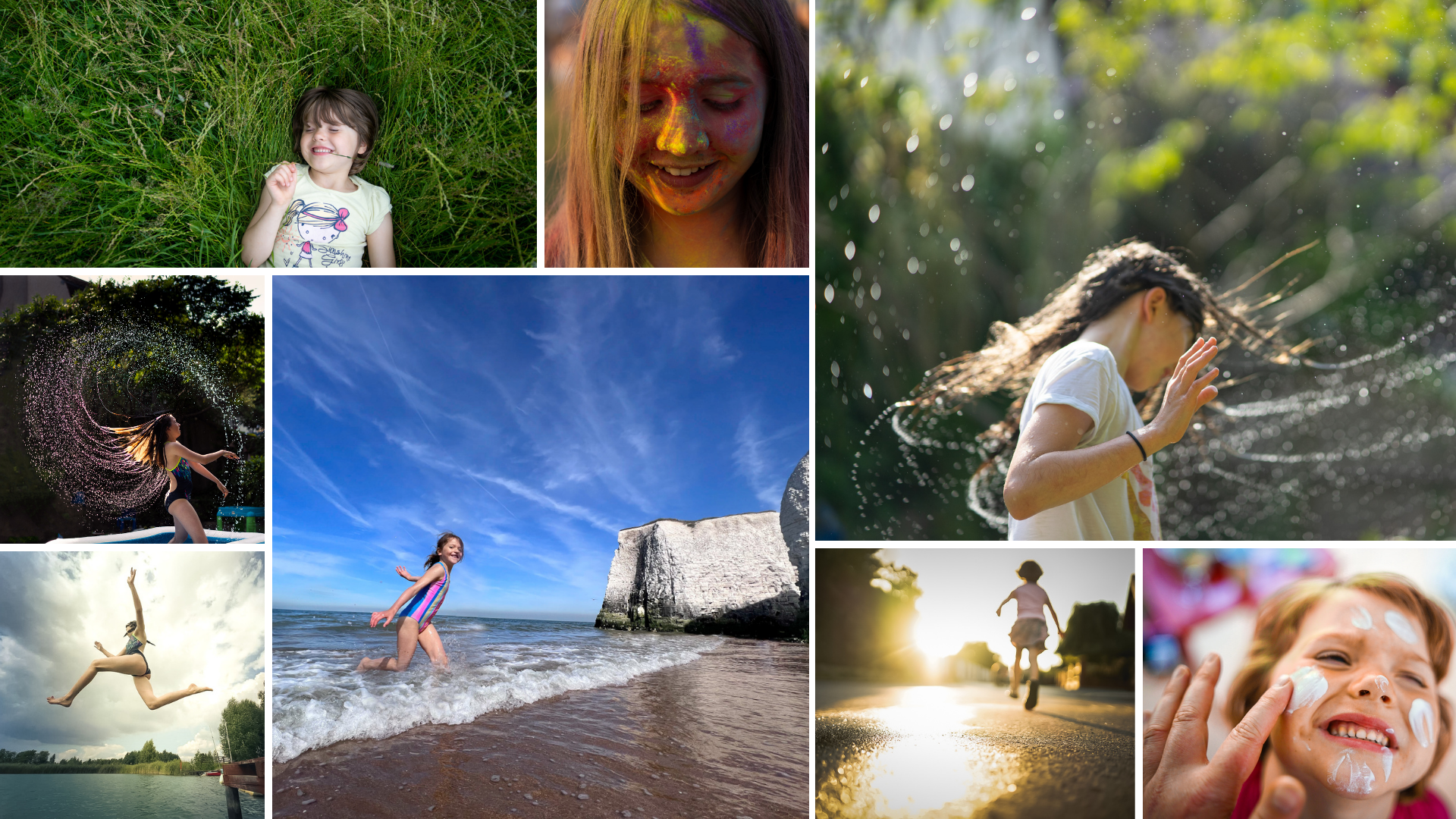
Which is a very roundabout way of saying this: what I'm going to teach you this week, and what I would like you to adopt this summer, is how to follow and gently guide your kids and how to adapt yourself and your camera so that you get great images. They won't always be perfect, you won't always capture all the things you may have envisioned in your head but they will be true, and they will be full of fun and they will make you smile. That's a promise.
So here is your first rule for this week :
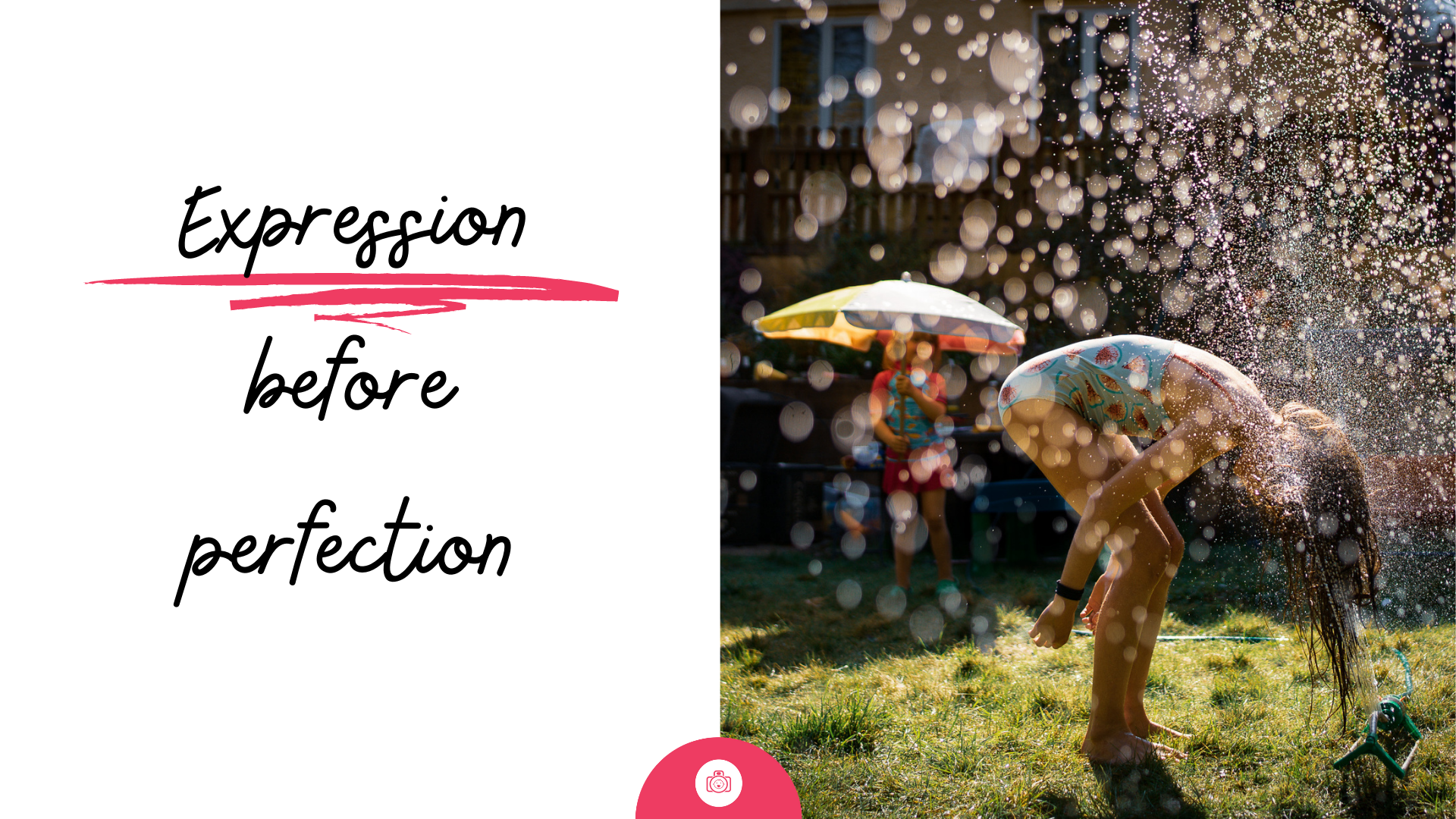
What it means is that I want you to concentrate on what you're photographing and why! To really see those key moments, emotions, to tell those stories. To not be paralysed before the photo might not turn out quite right. To take those photos even if you don't have the 'right' camera to hand or if the light is not what you would have wanted. To give yourself space to experiment.
What it doesn't mean - is that I'm going to have you just snap away. You have been doing this on your own time, I'm going to make sure you're a bit more thoughtful about it. Which mean's you are going to thing ahead, plan and anticipate and then photograph.
Prepare for what you know - shoot what you see
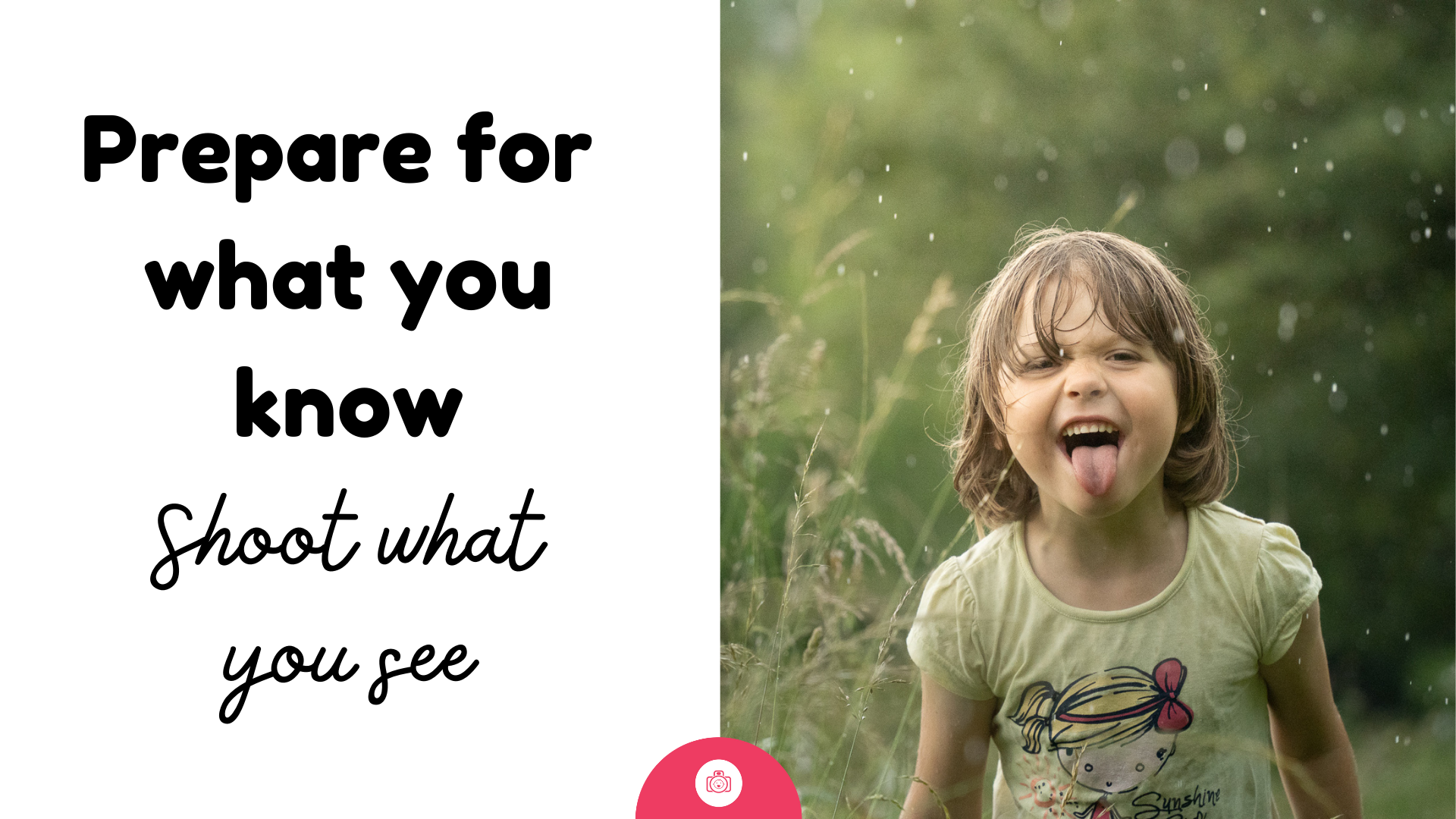
Say NO to posing:
In everything we will be covering this week, you will not see me utter the phrase - 'tell your child to do xyz' or 'tell your child to sit there' - first of all, they are not going to want to do this, second of all, your photos will be poorer for it. By all means, there is a time and place for portraits, and regularily take them of my kids, but that's a topic for a whole other course. This week, we're all about about following the kids' summer adventures.
Does that mean that you can't tell your kids what to do? Or where to look?
Not exactly.
In our Photography for Parents courses we teach lifestyle photography - and that means following your child and working with them to capture them at their most natural. The majority of our approach could be summed up as a balance of freeflow /encouraged interactions
Freeflow vs Posed vs Directed / Encouraged interaction
Going fully freeflow means not directing, not telling them what to do, simply letting them do what they feel like and following their adventures. It's letting your kids take you places. You observe, you follow, you anticipate, you take notice of what is happening, where you are and how your kids are relating to it. YOU and your camera move around and adapt to get the images you want to see not the other way round.
The plus of this is that you will be capturing the images of your kids at their most natural and true to themselves. They are also likely to have less objections to you sticking the camera in their faces.
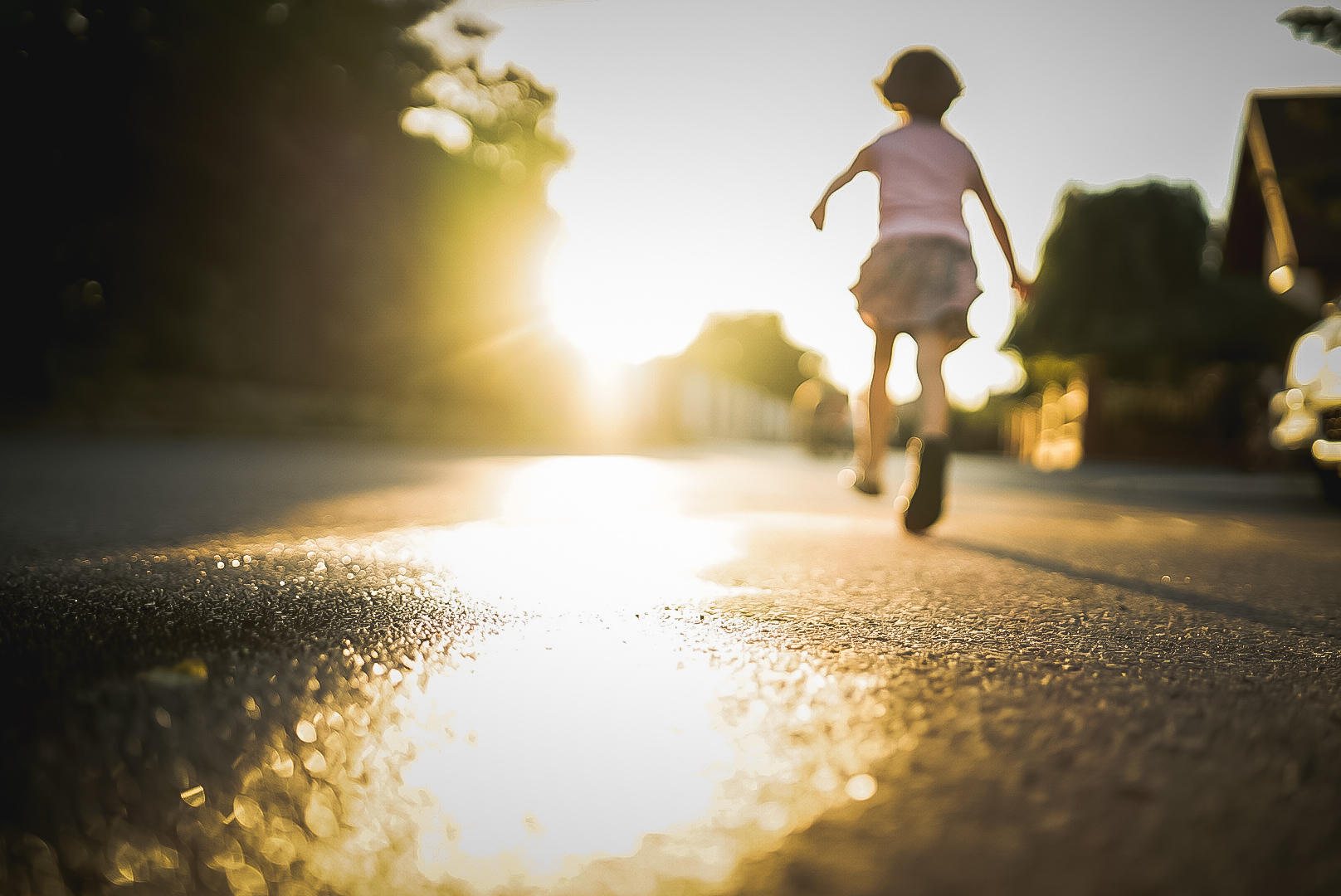
My top 5 tips for getting 'freeflow photos'
1. Observe and Anticipate
If you're just following your kids, it can be easy to just get 258 photos of the backs of their heads. If you're constantly behind them, that's what you see after all! So I want to you to start anticipating : if you're walking on a path, get ahead of them from time to time. Think about where they might be in a few minutes and position yourself in a way that will allow you to capture it
2. Embrace imperfection
I know I said it before, but it's important so I'll say it again. Make your peace with imperfection - you won't always be able to control what makes it into your frame. Some things can be manages by moving around, but sometimes, you just need to go with the flow. Remember - expression before perfection! And if your photos didn't turn up as expected or you missed a moment, it's OK. Another great moment will come. Kids tend to repeat what they do or like. You learn from what didn't work technically and get ready next time
3. Move around
This freeflow, documentary style photography is not for the lazy. You NEED to move around. If your kids are reasonably still doing something - move around. Try the same subject from different angles. Get closer, get further away, go high, go low. You may spot things from one side that you had no way of seeing from another. Sometimes the light direction will change the way the image works completely.
4. Slow down
Slow down - I can promise you that if you shots-per-hour ratio goes from 800 snaps to 100 more considered photos, they will be better for it. Capturing the moment doesn't mean capturing e v e r y moment. It's capturing moments that matter, that mean something, that tell the story. Slowing down makes you a better observer, shooting lots and lots and lots, just makes you reactive and panicky you're about to miss something.
5. Watch the background
When you're focused on what's happening to your subject, it's easy to just ignore the rest of the stuff that makes it into the frame. But I urge you - pay attention to the background and if you have the time - adjust. This means seeing what's behind your subject and asking yourself - do they have their own space in the image? Is there a branch or someone else's hand sticking out of their head? If so, move - sometimes 1ft to the right or left makes all the difference.
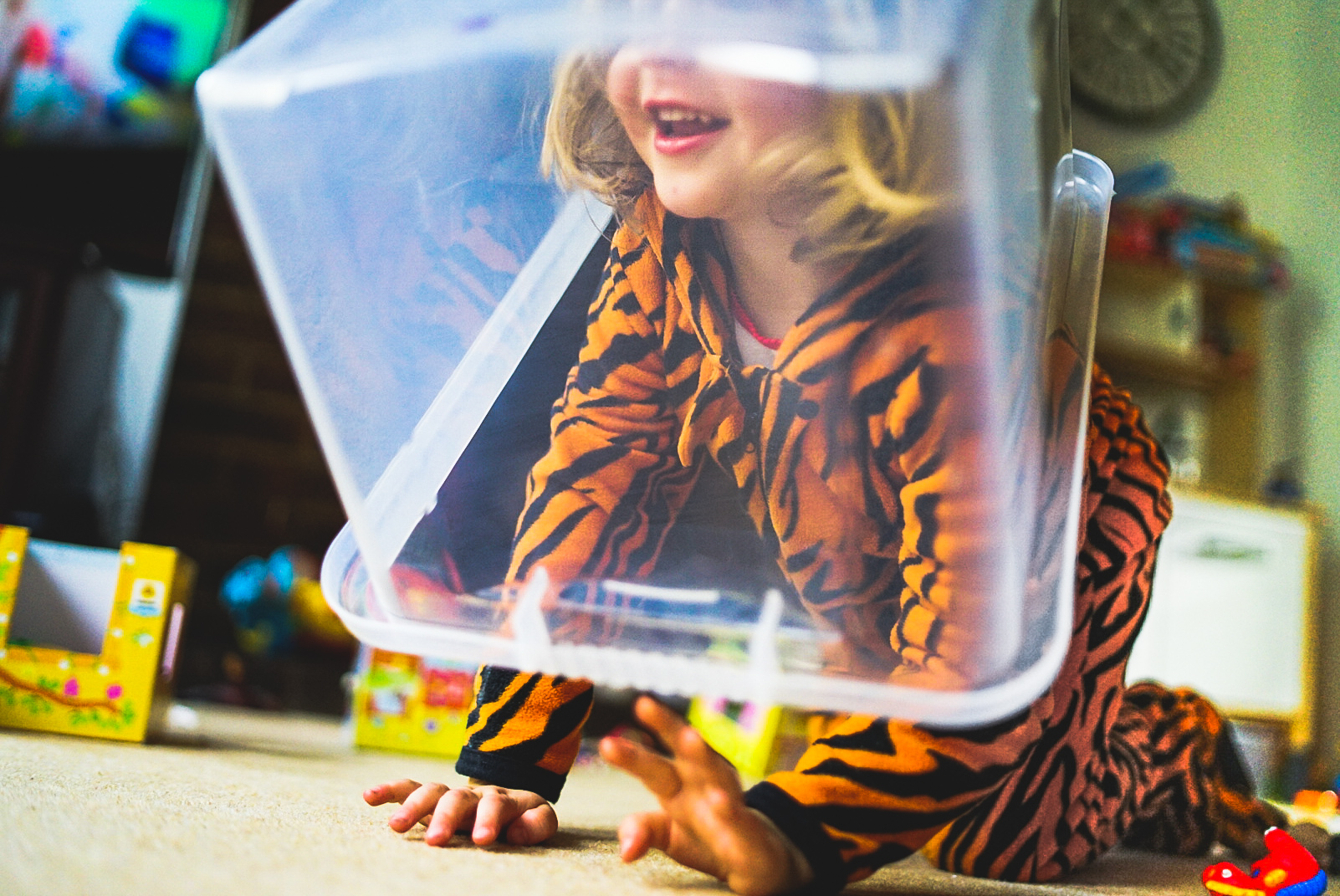
So if you're not wanting to pose but not wanting to give up all control either, what do you do?
I know as well that the complete lack of direction and lack of control can be frustrating and unnerving for many parents.
On the other hand, you might not always be able to capture what you had in mind and sometimes the shooting conditions or light where they are will just be a bit too poor.
Let's call it 'directed freeflow' - that means you're still in charge, gently encouraging, suggesting, setting up things for them to do, things that will engage and interest them.
So no specific instructions like- 'look at mummy, touch that flower, look wistfully into the distance' and instead try :
- 'let's see how fast you can run - I'll time you from that tree to here',
- Can you count how many bees are buzzing around that bush?'
- 'I wonder if you can get a splash from that puddle that goes higher than your knees' ,
- 'how many times can you turn around in place before you get dizzy?'
These are just some examples that worked well for kids I know, but they may be something different for you!
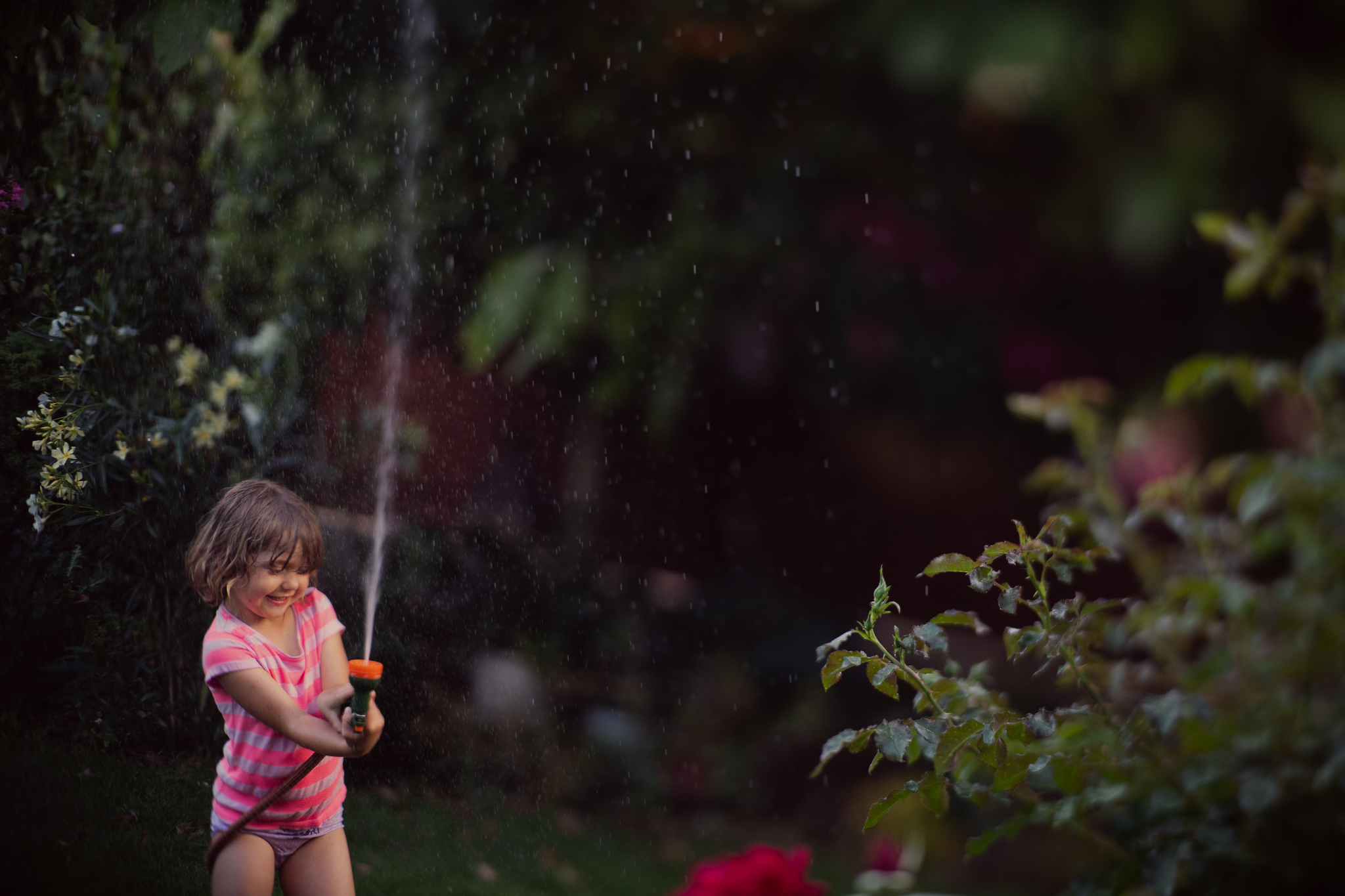
If you're photographing your kids, you KNOW what makes them tick. You know what kind of things they're into and what are they likely to say yes to. Think of activities, games, objects they would naturally be drawn to. And plan your activities and adventure with those in mind.
And at times, no matter what you suggest, they just won't be into it. They will not want to cooperate. They will not want to play no matter what you do. And that's OK too. That's when you switch back to the follower.
Photo friendly activities:
A couple of suggestions for you.
- Scavenger hunt - if your kids are old enough, make it a game to spot and find things - you can think of them ahead of time and print them out for your kids to follow - they can be very simple, or more elaborate - for instance : 'Find the tallest tree' or 'When you see yellow flowers, jump on one leg'
- Hide and seek - they can hide or you can hide, you can give little treats for best camouflage! ( goes without saying that you should only do it in an area where either someone else can actually see where they are so you don't lose track of them! )
- Treasure hunt - make a list of 'treasures you want to find - a round pebble, a stick as tall as you, red flower petal, a leaf shaped like a hand etc - the possibilities are endless. If you know the space you'll be in and can have access to it before your kids get there, do a non seasonal treats hunt ( think Easter Egg hunt, just without eggs)
- making flower / leaf crowns / fairy gardens, dens, mudcakes - whatever's suitable for their age, ability and interest levels
- going insect spotting armed with magnifying glass and / or pretending to be animals or insects
- Simon says - but with really silly suggestions thrown in - like grow your arms extra tall, pretend you're your sister /Daddy
- Silly Walk Club ( borrowed that one from Monty Python )
So now that we have our approach clarified, let's talk a bit about storytelling in Photography ( yes, I'm banging on it again) and how to plan for what you might want to capture.